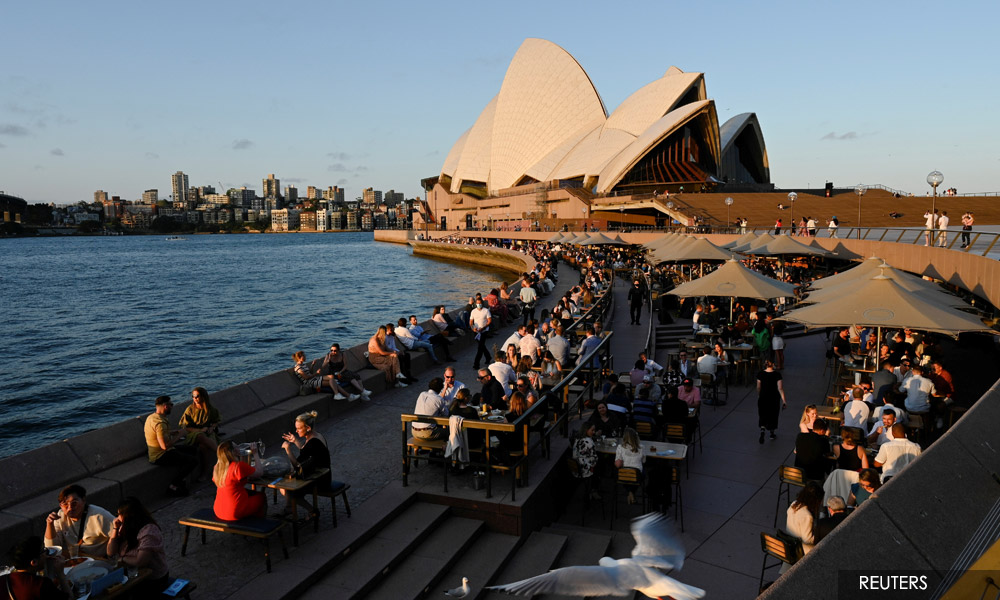ADUN SPEAKS | We applaud and welcome the recent decision by the Tourism, Arts, and Culture Ministry to establish a one-stop centre for the promotion, screening, and recommendation of applicants for the Malaysia My Second Home (MM2H) programme.
This is definitely a step in the right direction to address the 90 percent drop in applicants for the programme.
However, additional steps need to be taken to enhance the competitiveness of the programme compared to neighbouring countries.
To address this issue, the programme should be made more attractive to investors by relaxing the financial sector, having strong property rights, a stable economy, and favourable tax systems, besides transforming Malaysia’s bureaucratic mindset.
Furthermore, to maintain a competitive edge over other countries, it would be beneficial to allow foreigners participating in the MM2H programme to work and establish businesses in Malaysia.
Malaysia’s MM2H programme, which allows foreigners to purchase property in the country and obtain long-term residency, has recently undergone changes that have raised concerns among foreign residents and investors.
However, I am of the opinion that the government is right to raise the financial criteria, seeing that Malaysia’s criteria are still the lowest when compared to other popular destinations like Singapore and Australia.
The new rules are now being applied only to new applicants and require higher financial criteria, including permanent savings of at least RM1 million (previously RM300,000), liquid assets of at least RM1.5 million (previously RM500,000), and an offshore income of at least RM40,000 a month, up from RM10,000.
Unlike other countries, Malaysia’s MM2H programme offers a more affordable entry point for foreign investors and residents.
Before the recent changes, the programme’s lower financial requirements made it easier for individuals to establish a second home in Malaysia and enjoy its many benefits.
Comparing with other countries
While some may argue the new financial criteria may deter potential applicants who cannot meet the higher requirements, I find that the revised criteria are not a point of contention for those who may have an interest in making Malaysia their second home.
What makes Singapore and Australia more attractive than Malaysia even though they have higher financial requirements for long-term multiple-entry visas?
Many countries have similar programmes that allow foreigners to live, work, and invest in their countries.
Portugal’s golden visa programme has attracted foreign investment, with over €5.8 billion (RM28.2 billion) invested in the country since its inception in 2012.
Portugal’s golden visa programme also grants residency to foreign investors who purchase property worth at least €280,000 (RM1.3 million).
Singapore’s Global Investor Programme (GIP) has also attracted foreign investment of more than SGD5.46 billion (RM18.1 billion), with over 3,000 applicants approved since the programme launched in 2004.
The GIP grants permanent residency to foreign investors who invest at least SGD2.5 million (RM8.3 million) in a new business entity or an existing Singaporean business.

The United States EB-5 programme attracted foreign investment of over US$41 billion (RM181.9 billion) since the programme’s inception in 1990.
However, the United States does not have a specific foreign homeownership programme.
Still, foreign investors can purchase property in the country and obtain a visa through the EB-5 programme, which requires an investment of at least US$1 million (RM4.4 million) in a targeted employment area.
The United Kingdom also has a foreign homeownership programme, the Tier 1 Investor visa, which requires a minimum investment of £2 million (RM11 million).
Australia’s Foreign Investment Review Board (FIRB) programme, while restrictive in some respects, remains an attractive option for foreign investors due to the country’s stable economy and high quality of life.
The FIRB allows foreign investors to purchase residential property but with certain restrictions on the type of property and its usage.

Identify weaknesses and improve
While each country’s foreign homeownership programme varies in criteria and requirements, they all have unique benefits and drawbacks.
Each country aims to attract foreign investment and provide foreign residents with the ability to purchase property and establish a second home.
We, too, have that aim, and we can position ourselves as the most attractive destination for foreign investments by enhancing our global image.
Malaysia’s MM2H programme offers a range of benefits for foreign investors and residents, including a diverse culture, affordable cost of living, and excellent infrastructure.
It is crucial to do an analysis of why we still fail to attract foreign investments and residents even with such advantages.
No doubt, Malaysia can still be the most attractive destination, especially within the region, but what are our weaknesses and threats?
With multicultural affiliates, excellent health care facilities, quality education, a well-established legal system and government, Malaysia can be everybody’s most-appealing destination as their second home once we identify how and what we can improve on.
While I don’t have all the solutions, here are some of my suggestions to market the MM2H programme to those closer to Malaysia, such as:
1) Thai people who send their children to Malaysia for education
2) Indonesians who come for medical tourism
3) Former Malaysians who want to come back to Malaysia
We should also target these market segments and offer them fast-tracked applications to encourage them to return to Malaysia through the MM2H programme.
JASON ONG KHAN LEE is the Kebun Bunga state assemblyperson and PKR Penang’s chief of the legal and public complaints bureau.
The views expressed here are those of the author/contributor and do not necessarily represent the views of Malaysiakini.

